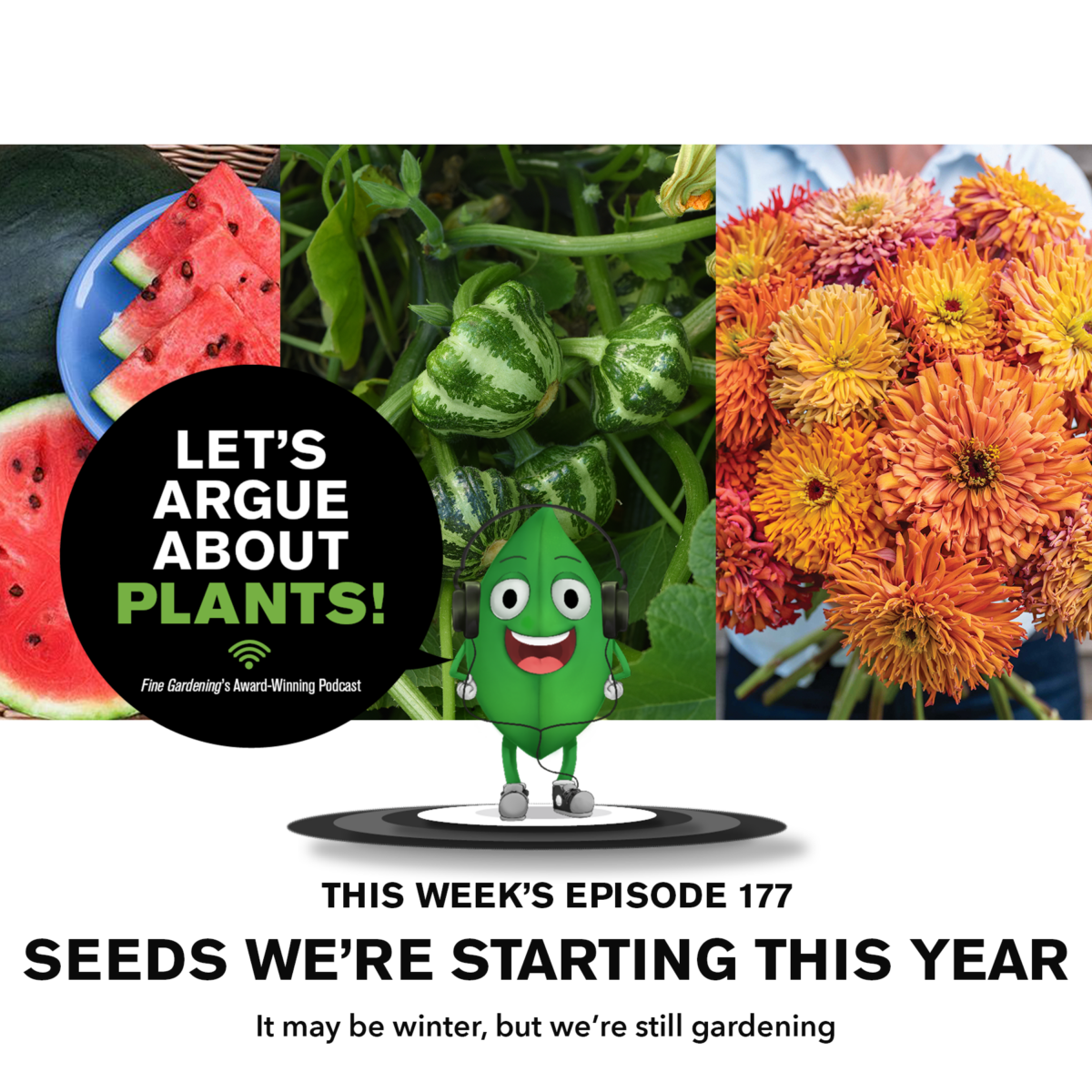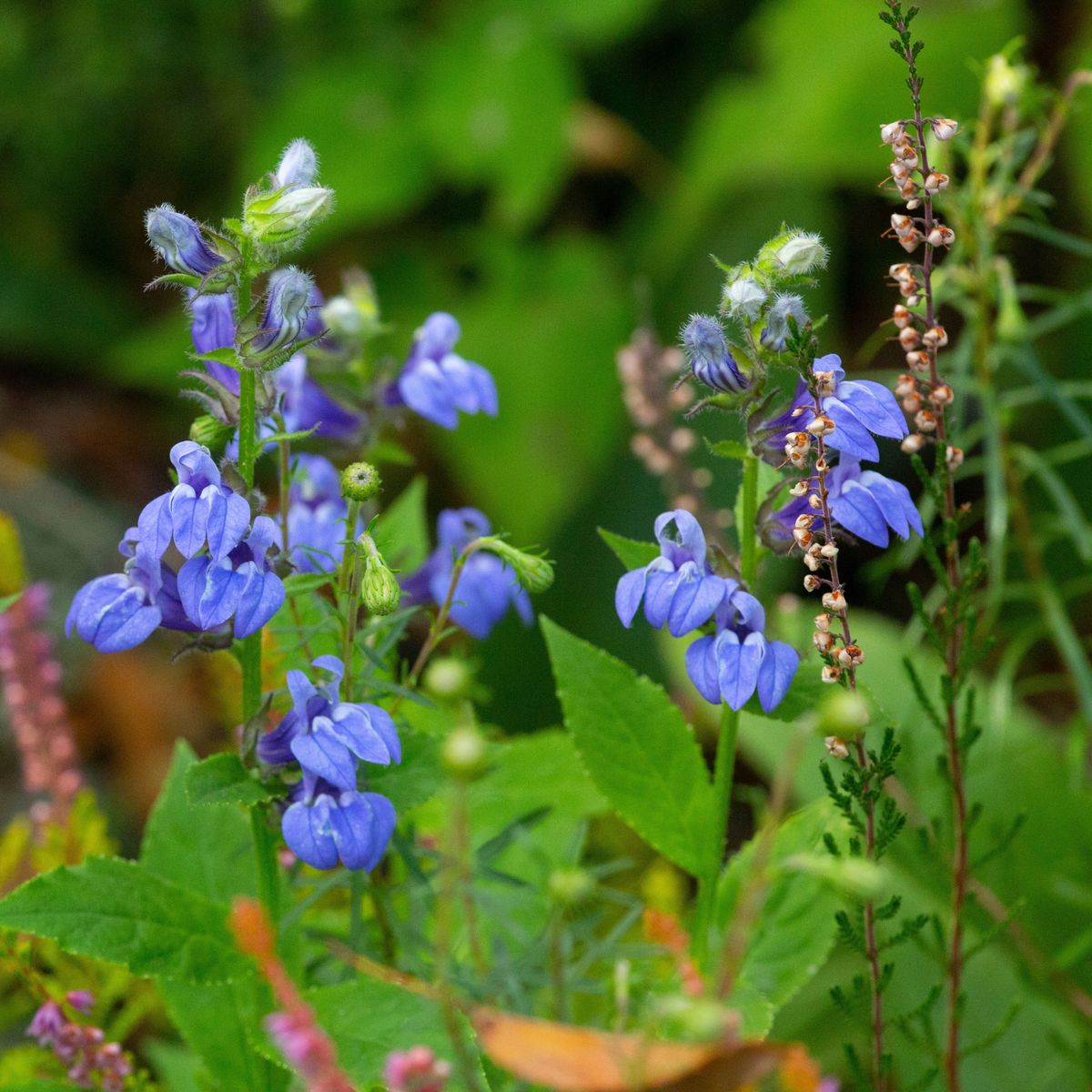Opinion: Indoor plants are so beneficial to our emotional well-being during the darkest months of the year.

Reviews and recommendations are unbiased and products are independently selected. Postmedia may earn an affiliate commission from purchases made through links on this page.
Article content
As we move into late fall and begin to lose much of our natural daylight, many of our indoor plants will start to struggle. Even though we may move our plants closer to windows at this time of year, the poor quality of both direct and indirect light is further compromised by cloudier weather and fewer sunny days. The little bit of sun we do get is also less effective as we get closer to the winter solstice, and the sun sinks ever lower on the horizon.
Advertisement
This advertisement has not loaded yet, but your article continues below.
Article content
With the current renewed interest in tropical plants, many homes today contain a significant number, all of which need quality light to keep growing in the less-than-ideal household conditions during winter. Tender cactus and succulents will also need far more light, even if they’re near a sunny window.
To get a better understanding about indoor light options, I spoke with Jorge Lujan, general manager of SunBlaster Lighting in Langley. Lujan has 20 years of experience in lighting. He shared some very interesting details about supplementing light for indoor plants during the late fall and winter. According to Lujan, neither fluorescent nor incandescent lighting provides the proper light spectrum that plants need.
Advertisement
This advertisement has not loaded yet, but your article continues below.
Article content
For the last 25 years, SunBlaster Lighting, a pioneer in indoor lighting, has been working with growers who produce a wide range of vegetable and ornamental plants. This company has also become highly engaged in home lighting to assist folks in growing their own food and improving the quality of their indoor plants.
Lujan said that by using proper, full-spectrum lighting, plants can utilize different radiant energy to produce a greater variety of nutrients as they grow. The blue spectrum helps with the growth of roots and the development of foliage and fruit. The orange, yellow and green spectra allow for the development of chlorophyll and some yellow and red pigmentation in plants. Far infrared and infrared spectra control the size, shape and timing of flowering plants. SunBlaster’s full-spectrum LED lights are truly beneficial as supplemental lighting for all indoor plants at this time of year.
Advertisement
This advertisement has not loaded yet, but your article continues below.
Article content
During my conversation with Lujan, I learned a great deal. There is no cookie-cutter approach, he said. His methodology is very scientific. Artificial lighting, adjusted to every type of crop, helps plants to remain healthy and to grow well. Plants have photoreceptors that allow them to transform radiant energy from lights into photosynthesis, while using carbon dioxide and water to produce oxygen glucose and water.
The quantity of light, the intensity of light, the distance away from plants and the length of time the lights are on, all make a difference. In commercial plant-growing operations, these factors are carefully measured and calculated for each particular crop.
I asked Lujan if he could simplify their process for the interior home gardener. He laughed and said, “Of course.” He mentioned that if folks are growing microgreens, starting seeds or taking cuttings, the plants don’t need to be near a window as long as they have the appropriate supplemental lighting. He recommends a prismatic lens strip light, which, depending upon the crop, should be placed four-to-16 inches above the plants. He said the size of the light simply depends on the number of trays being used. The lighting units come in either 24- or 48-inch sizes. For optimum effect, they should be turned on for eight to 10 hours each day.
Advertisement
This advertisement has not loaded yet, but your article continues below.
Article content

Many folks have their succulents placed near their brightest windows. However, these plants would benefit from longer, more intense hours of light. For succulents, Lujan suggests T5 HO strip lighting set about 12-to-24 inches above the plants for about 12-to-14 hours per day.
Something I wasn’t aware of with this type of lighting is the importance of adjusting the lighting to the natural cycle of light and darkness. In other words, begin lighting early in the day and extend it to early evening, depending upon your timing. Make sure the lights are off once the natural daylight is gone.
For four- and six-inch tropicals, like African violets and other small flowering plants, a T5 HO LED strip light, used eight-to-12 hours per day at a height of about 24 inches would be ideal.
Advertisement
This advertisement has not loaded yet, but your article continues below.
Article content
For larger tropicals, especially those situated away from windows, suspend the supplemental lighting from the ceiling about three feet above the plants. Lujan said it is also important to keep your lights at least six-to-eight inches from the ceiling to allow for proper airflow. For this situation, 12-to-14 hours of supplemental light per day will keep your plants growing and looking great. The prismatic LED strip light would be a good choice for these larger plants.
Using supplemental lighting in our homes well into March will really help our plants adjust to the shorter periods of daylight and the poorer quality of light at this time of year. I love the convenience of SunBlaster lights because all you have to do is plug them in.
Advertisement
This advertisement has not loaded yet, but your article continues below.
Article content
By using LED lights, Lujan estimates an energy saving of about one-third, which, today, is incredibly important. They also have timers to go on the lights, so you can leave them on while you’re away and know they will shut off at a predetermined time.
In addition to lighting, keep your home a little cooler, even just a few degrees. A cooler temperature will help maintain the humidity at a level plants need. Situate your plants away from heating vents and fireplaces.
Indoor plants are so beneficial to our emotional well-being during the darkest months of the year, and the appropriate lighting will go a long way to keeping them strong and healthy all winter long.












